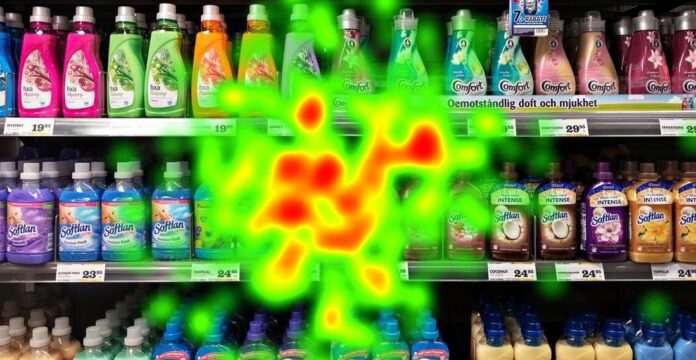From ‘talking’ to the consumer to ‘talking’ with the consumer. From communicating to the consumer to communicating with the consumer’s brain. Marketing, is moving on. From the era of the 4 Ps (product, price, promotion and place), it has been the era of neuromarketing, a discipline that combines neuroscience with sales techniques and the placement of products/services. Goodbye to the rational consumer. According to a 2018 research carried out by Ainem, the Italian Association of Neuromarketing Companies, to prevail over purchasing decisions, in most cases impulse-driven, are the unconscious areas of our mind, especially prevalent in a hyper-connected society. The emotions of the client, until recently, was almost entirely unknown; today they can be measured with biomedical technologies, such as electroencephalography, eye-tracking or function magnetic resonance imaging. These are performed to find out not only the preferences for a particular product, but also the founding values that it expresses and that, generally, if purchased, are themselves part of the customer’s valued and emotional universe. That which asks not only for the goods and services, but also emotions and experientiality, even within a sales outlet.
Neuromarketing, a multitasking discipline that would be reductive to associate with only the business function of marketing and sales, as it can also be applied to human resources, to packaging of products and to design. To large multinationals as well as SMEs (small and medium-sized enterprises). Often you lye in your own ‘area of comfort’, i.e. in established rituals “on the eternal return of the same”, often companies fail to seize the opportunities of this discipline, whose target is the consumer brain, a real starting point from which to start and ad hoc search, perhaps alongside with a traditional qualitative-quantitative type. The consumer, on his/her part, also considering the spread of social networks as an information search tool, has a ‘limited rationality’ and a lack of self-control which pushes him/her towards impulse purchases. Emotionality, therefore, conceived as an elaboration against an external stimulus, and affectivity, that resides in us automatically from the pre-linguistic stage. This discipline also revolutionises the ‘visual’ of the advertising posters in the city. As an example? If the face of the testimonial of a drink “cannibalizes” the advertised product, it is enough to turn the orientation of the model’s eyes in the direction of this, to increase the brand awareness of the same. On the other hand, eye-tracking, a biomedical methodology that analyses eye fixation points, in these cases can be a guide.
Also, for the study of the correct packaging, it is considered the ‘dress’ of the product. This was demonstrated by researched performed by Cias Innovation, the Italian Centre for Sensory Analysis, based on three steps: blind tasting of the product, packaging evaluation and the taste of the branded product non-blinded. After the comparison with the supermarket competitors and of two graphic proposals, the latter was individually evaluated thanks to this technology, which revealed the points of greatest attention according to the participants’ eyes. In addition, neuromarketing can be also applied to repositioning a product, not only when it is introduced to the market, or, always through eye-tracking, by mapping images of a website considered more impactful by the same consumer. The paradigm shifts in the tourism sector are also very interesting: an eye-tracking experiment at the Port of Cagliari cruise terminal, had, in fact, demonstrated that people are not attracted to the shops that, for example, sell typical local products, but, from the rental service located near the exit of the terminal, and they complained of the lack of seating. It is therefore necessary to redefine the spaces of this case, as well as how to redefine communications in its entirety, that has to be about empathy, listening and sensitivity of the new consumer.








